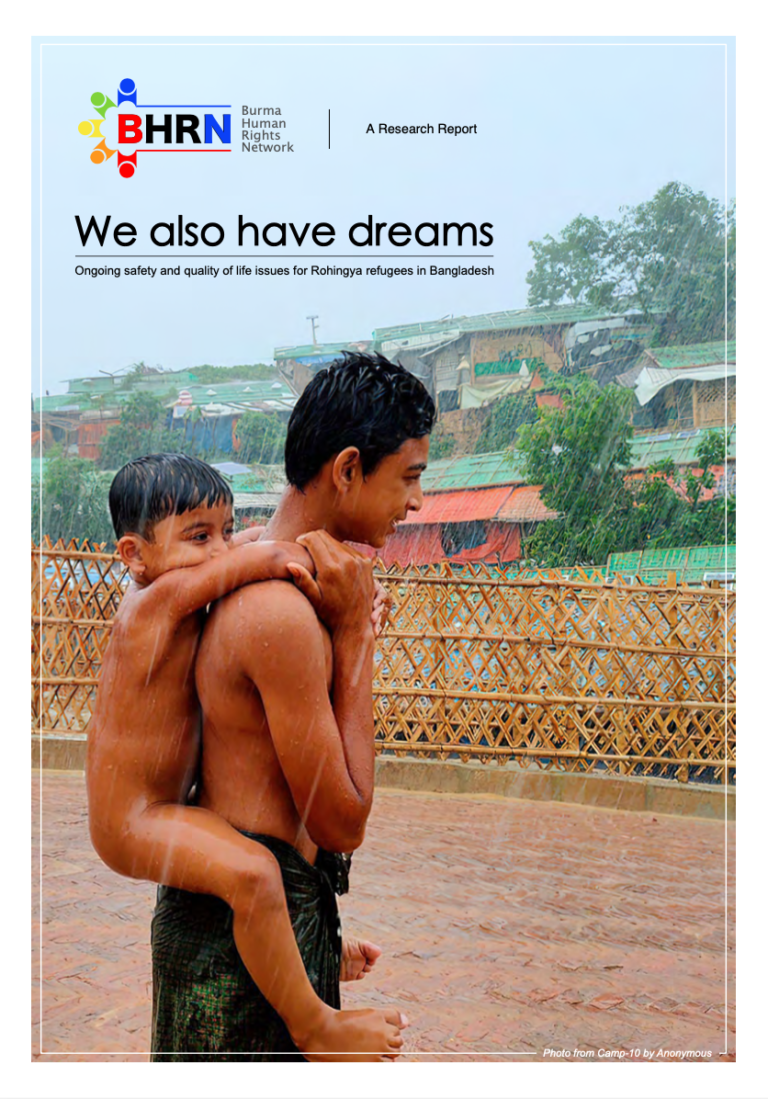Respondent-Driven Sampling Study of Ugandan Labor Migrants in the Middle East
GuidanceThis study was carried out by ICF and the Department of Social Work and Social Administration, Makerere University, who conducted a respondent-driven sampling (RDS) study in Uganda. The RDS study targeted migrant workers who currently work in th...Read More

